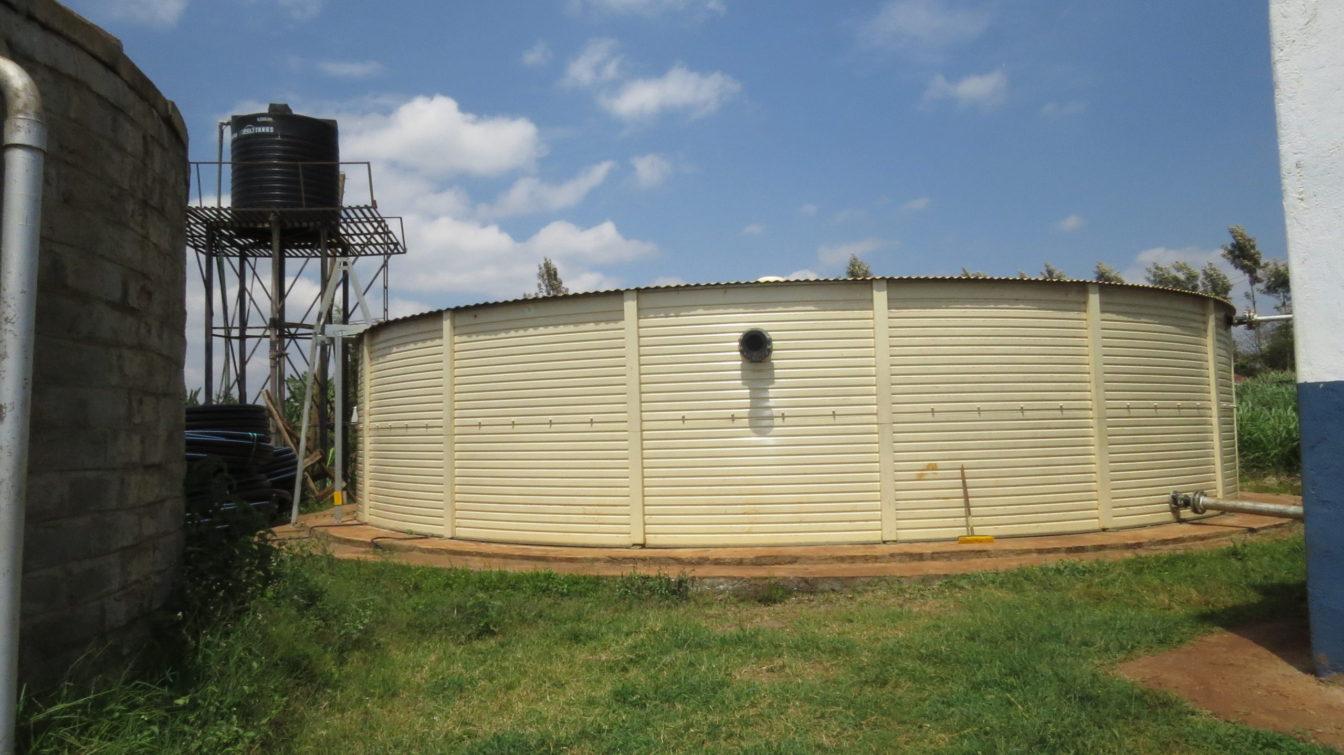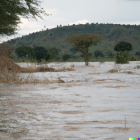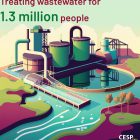Rainwater harvesting is not a new concept or technology. Its been around for a long time but the need for it is becoming ever more necessary. Kenya, being 80% Arid and Semi-arid land (Asal), need more people to take advantage of rainwater harvesting.
The Federal Energy Management Program (FEMP) identified rainwater harvesting systems as an alternative water technology that is relevant to federal facilities, is commercially available, and may offer an opportunity to offset freshwater use.
Why harvest water?
In the household harvesting rainwater is low cost and reduces the water bill significantly. If the harvesting is away from industry, the water may be free of chemical contamination. In Kenya where food security is such a constant issue, it can provide some consistent supply of water.
Farmers can subsidize their farm expenditures leading to higher income. Free flowing water is collected, reducing soil erosion. Areas prone to flooding can benefit greatly by practicing largescale rainwater harvesting. Flooding is an issue in some areas in Kenya. Larger rainwater harvesting programs can alleviate some of the stress on the existing water systems. Dams can collect water to prevent floods
How to harvest rainwater.
The basic components needed to harvest rainwater are;
- A collection system
- Storage system
- Treatment system
- Delivery system
- For most the collection system is their existing roof and gutter system that they route rainwater from.
- Depending on the size and needs of the user there are various solutions. CESP Africa offers storage tanks ranging from 500Liters to 2.6 M Liters. From domestic tanks to commercial tanks suited for industry and farming. For larger storage solutions, a dam could hold water from rainwater harvesting.
- The rainwater harvested may require treating. Depending on the collection area and intended use. If the rainwater is collected away from industry then treatment is less necessary. If it is only intended for farm or commercial use and not human consumption, then treatment isn’t necessary. But for those who require domestic or commercial filtration, CESP Africa has the right solution for you.
- This is how you will access the water. You’ll need a pump, flowback prevention, level indicator etc. depending on your system and needs.
Conclusion
Climate change has made water security a real issue. We have the opportunity to put systems in place to combat that insecurity. Rainwater harvesting is a viable solution and with improvement in building technology it is more accessible to the general public.




